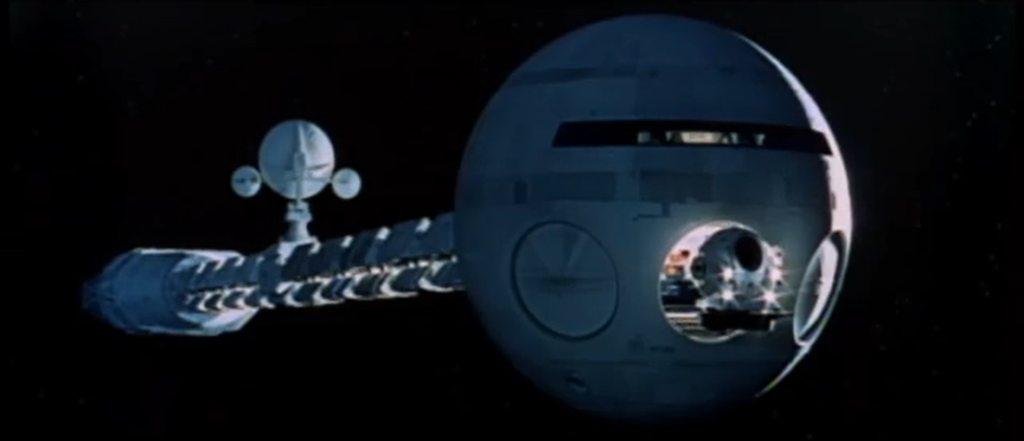Futurist > Best Futurists Ever > Stanley Kubrick
Best futurists ever: The incredible prescience of Stanley Kubrick in “2001 Space Odyssey”

“2001: A Space Odyssey,” the cinematic masterpiece by Stanley Kubrick released in 1968, envisioned a future that, in many ways, has eerily begun to mirror the reality of our 21st-century world. While the film draws its narrative strength from the odyssey of its protagonists through the stars, it also incorporated into the storyline a series of technological prophecies.
Many of these futuristic predictions were portrayed with such startling accuracy that they can only be attributed to Kubrick’s deep understanding of the trajectory of human innovation, though the timeline of 2001 was a little too short for most to eventuate. Below, we delve into some of the film’s most significant technological forecasts, looking at how well they align with today’s world:
1. Space Tourism
In one of the film’s most iconic scenes, a Pan Am spaceplane flies gracefully through the cosmos, suggesting a world in which space travel isn’t restricted to astronauts. Companies like SpaceX and Blue Origin are now working towards making commercial spaceflight a reality, so this vision seems closer than ever.
2. Advanced AI and Robotics
HAL 9000 stands as one of cinema’s most memorable representations of artificial intelligence. Capable of emotion, conversation, and even subterfuge, HAL showcases the immense possibilities (and perils) of AI. Today, with Siri, Alexa, and other voice assistants becoming daily companions, we’re on the brink of truly intelligent machines.
3. Video Calls
Dr. Heywood Floyd’s video call to his daughter was a fleeting scene but one of monumental foresight. Fast forward to the present, platforms like Zoom, Skype, and FaceTime have made video communication an integral part of our daily lives, especially in the era of remote work and social distancing.
4. Tablet Computers
The astronauts in the film can be seen engrossed in sleek, handheld devices not unlike today’s iPads or Android tablets. Kubrick’s envisioning of portable computing devices was spot on, reflecting the transition from bulky computers to pocket-sized supercomputers.
5. Interactive Fitness Equipment
Dave Bowman’s zero-gravity jog was more than just a cinematic spectacle; it showed us the future of fitness. Today smart treadmills, virtual reality workouts, and interactive fitness mirrors are making exercise a tech-driven endeavor.
6. Biometric Security
The voice print identification used by HAL 9000 underscores the importance of biometric security. Modern devices use fingerprint scanners, facial recognition, and voice prints, emphasizing the film’s acute prediction of personalized security measures.
7. Automated Meal Preparation
The idea of having meals prepared at the push of a button was a new idea in Kubrick’s time. The rise of smart kitchens, automated coffee machines, and the advent of robot chefs suggests that this future is coming to fruition.
“2001: A Space Odyssey” stands out among sci-fi movies not just for the power of its story, but also for how much of today’s world it predicted. Stanley Kubrick, in his collaboration with Arthur C. Clarke, showed us a future that was at the time extraordinary, yet rooted in the realities of what could come to pass. As we navigate the unfolding technological marvels of the 21st century, the film reminds us of the power of visionary storytelling and its ability to shape our future.
